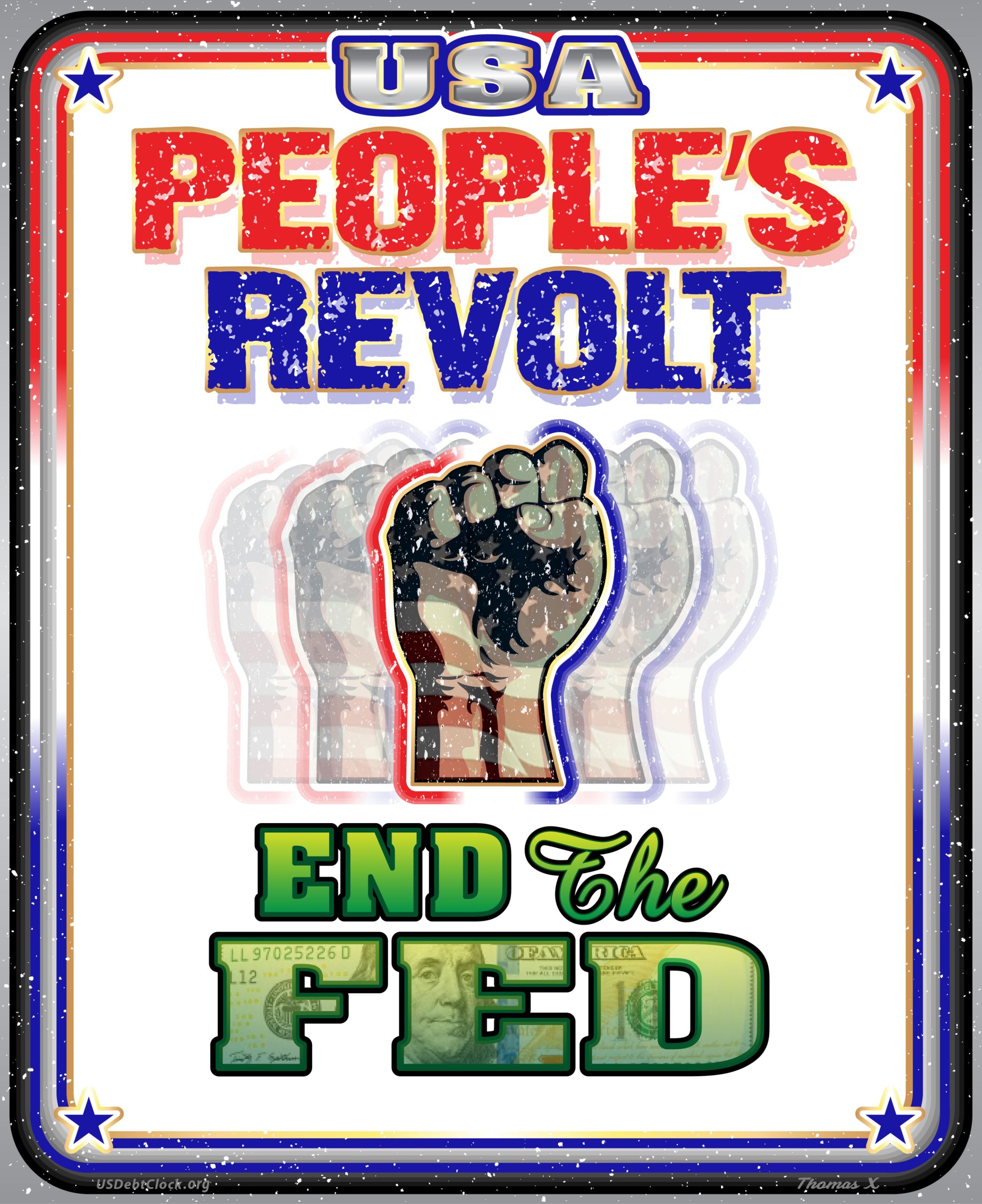The financial landscape of the United States is on the brink of a monumental shift with the proposed transition to U.S. Treasury Certificates, a move furthered by historical and recent executive orders aimed at restructuring the nation’s financial system. Understanding this transition involves revisiting Executive Order 11110 and examining the implications of Executive Order 13772.
Historical Context: Executive Order 11110
Executive Order 11110 was issued by President John F. Kennedy in 1963 as a measure to provide the U.S. Treasury with the authority to issue silver certificates under the Thomas Amendment of the Agricultural Adjustment Act, as amended by the Gold Reserve Act. This order was meant to delegate existing presidential powers over silver certificates to the Secretary of the Treasury for administrative convenience. Contrary to popular myths, it did not create new authority to issue new silver certificates; instead, it was a step in an ongoing process concerning the nation’s approach to precious metal-based currency and its broader economic implications.
Acceleration with Executive Order 13772
Fast forward to recent developments, Executive Order 13772, signed by President Donald Trump in 2017, titled “Core Principles for Regulating the United States Financial System,” further set the stage for a major overhaul. This order aimed to empower Americans to make independent financial decisions and informed choices in the marketplace, save for retirement, and build individual wealth. More crucially, it laid down principles that promote American competitiveness, prevent taxpayer-funded bailouts, and foster economic growth—all elements that indirectly support the notion of reducing Federal Reserve’s role or “ending the Fed” in the long term.
Implications for U.S. Treasury Certificates
The move toward U.S. Treasury Certificates is seen by many as a step towards restoring greater control of the monetary system to the U.S. government, potentially reducing the Federal Reserve’s role in the economy. Proponents of this transition argue that Treasury Certificates backed by tangible assets such as gold or silver could stabilize the currency and economy by anchoring them to real values as opposed to the fiat currency system managed by the Federal Reserve.
Challenges and Considerations
The transition to a Treasury-based financial system, however, presents significant challenges:
- Economic Volatility: Shifting from a predominantly Federal Reserve-led system to one that is Treasury-led could introduce short-term volatility as markets adjust to new regulatory and monetary frameworks.
- Implementation Logistics: Redefining the U.S. financial system would require massive legislative and operational overhauls that need to address potential security, technological, and international implications.
- Global Financial Leadership: This transition could alter the United States’ position in global finance. A move away from fiat currency might affect everything from international trade agreements to foreign exchange rates.
The Road Ahead
The move towards U.S. Treasury Certificates and the broader goal of ending the Federal Reserve’s control over monetary policy are intertwined with America’s pursuit of financial sovereignty and stability. While Executive Orders 11110 and 13772 set critical precedents and frameworks for these shifts, the actual implementation will require careful, strategic planning and broad political and social consensus.
Conclusion
The potential transition to U.S. Treasury Certificates reflects a transformative vision for the U.S. financial system, with the goal of increasing transparency, stability, and public trust. While the path forward is fraught with complexities and substantial challenges, it represents a significant shift towards a financial system that proponents argue could be more directly accountable to the public and less susceptible to the whims of central banking. As this transition unfolds, it will be crucial for stakeholders across the spectrum to engage in informed and forward-thinking discussions about the future of America’s monetary policy and economic health.
The Next Day in Congress (after posting above)
I just introduced “End the Fed”
— Thomas Massie (@RepThomasMassie) May 16, 2024
Title: Federal Reserve Board Abolition Act, HR 8421
Americans would be better off if the Federal Reserve did not exist. The Fed devalues our currency by monetizing the debt, causing inflation.https://t.co/JWSaCssAJB pic.twitter.com/z8IDQ139Yc
Then a few hours later
BOOM…how long it takes for the wave to reach our shores? 😋 pic.twitter.com/Zz7rvGoPll
— Jack Straw (@JackStr42679640) May 16, 2024

Leave a Reply